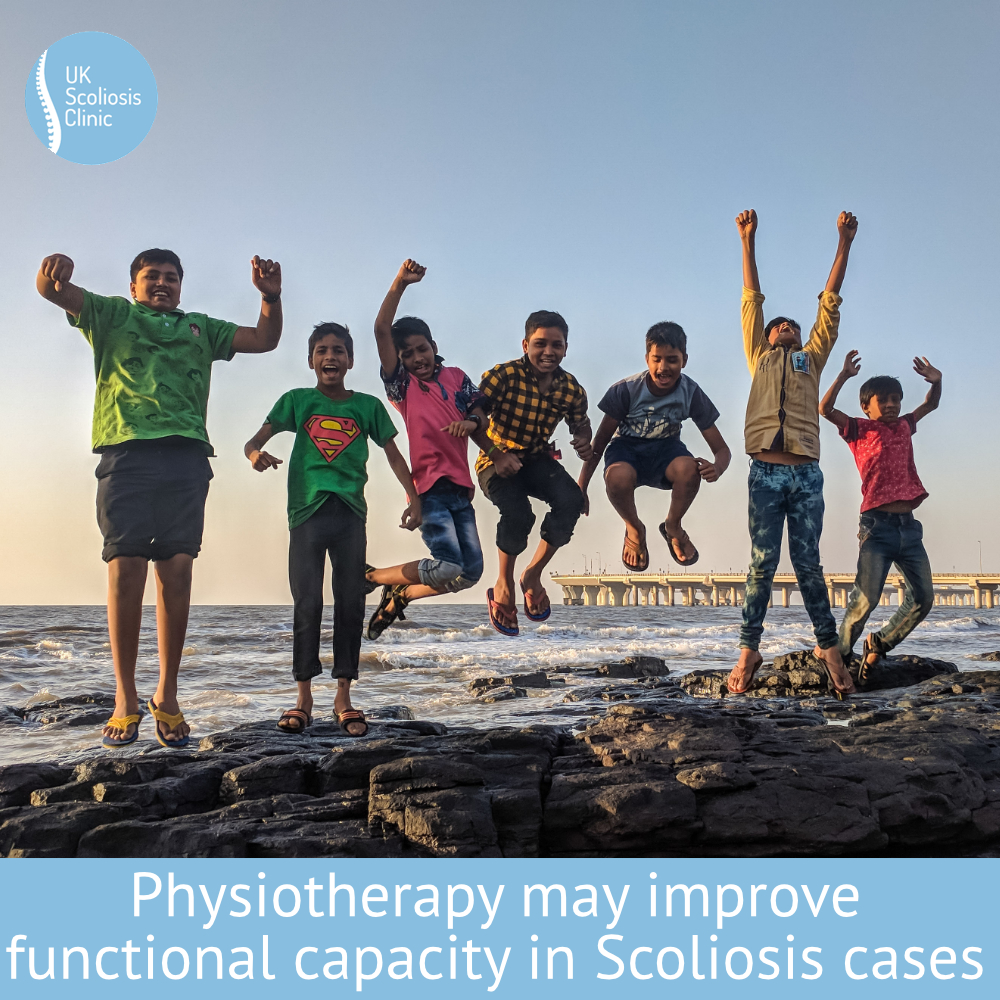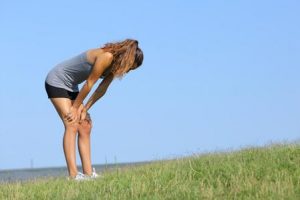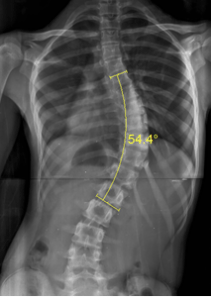
It’s been established (and we’ve written several times about it) that scoliosis can impact both quality of life, and functional capacity – that is to say, the ability of a patient to live without pain and move around normally without struggling. While not all patients are affected, a large number report either pain reduced functional capacity or both. A recent study suggests that a targeted, 12-week physiotherapy intervention can result in significant improvement where this is the case.
Scoliosis and functional capacity
While the primary issue with scoliosis is the spinal deformation, the conditional can also cause decreased spinal movement, weakening of muscles near the spine, chronic pain, psychological suffering, reduced pulmonary function, and respiratory dysfunction.[1] Typically, more significant scoliosis cases are associated with more severe symptoms, however abnormal ventilatory patterns and respiratory muscle involvement have been reported in patients even with asymptomatic mild scoliosis who may be free of any respiratory dysfunction at rest.[2] Impaired exercise tolerance and physical deconditioning can also be early manifestations in patients with mild scoliosis.[3]
The majority of research in this field, has to date, been focused on larger curves however – With this in mind, a recent study[4] sought to explore the pulmonary function and functional capacity in school children and adolescents with mild or moderate idiopathic scoliosis who were included in a rehabilitation programme
Study information
The study included 49 school children and adolescents with idiopathic scoliosis. The patients were selected from those who visited the Rehabilitation Department of Paediatric Surgery, Louis Turcanu Children’s Hospital Timisoara, Romania. For each participant, the study authors recorded their demographic characteristics (age, sex, weight, and height) and physical activity behaviours (hours of time spent at a desk and at a computer per week, and hours of competitive and non-competitive practice of exercise per week). The patients were assessed clinically by the same orthopaedic surgeon. An X-ray examination of the spinal column in the standing anterior–posterior view was then performed. The X-ray examination and Cobb angle measurement were performed by a single investigator who was a radiologist. Mild scoliosis was defined by a Cobb angle <20° and moderate scoliosis was characterized by a Cobb angle between 21° and 35°.
Study participants were assessed before beginning rehabilitation and then again at 12 weeks after an exercise-based rehabilitation programme. Each evaluation consisted of spirometry (breathing) tests and functional capacity testing (6-minute walk test). Assessment of pulmonary function and the 6MWT were performed by the same investigator who was a specialist in physical medicine and rehabilitation. At each assessment, the participants were also assessed for back pain – an issue which is increasingly being recognised as a feature of Scoliosis.
Physical therapy
The patients performed a 12-week exercise programme that consisted of three sessions per week in the Outpatient Rehabilitation Department. The goals of the rehabilitation treatment were to improve awareness of body alignment, axial elongation, de-rotation and stabilization of the spine, increase chest expansion, and enhance exercise capacity. The exercise programme consisted of stretching exercises on the concave side of scoliosis, strengthening exercises on the convex side of scoliosis, and breathing exercises. Some specific exercises for core stabilization were performed, including spider (patients faced the wall, leaned forward and walked with fingers up the wall rising to their toes, and after full extension, walked with the fingers back down), pelvic tilt, cat-camel pose, and basic trunk curl (crunch) exercises using a ball (back extensions, opposite arm, and leg rise), and quadriceps strengthening exercises, which are important in increasing work capacity. Patients used rotational breathing respiratory exercises, such as contraction of convex areas of the trunk and directing inspired air in the concave areas. In each case, the specific core stabilization programme was established according to the individual spinal characteristics.
Patients with moderate scoliosis also had the indication to wear a corrective orthosis (Chêneau brace) for 20 hours per day
Results
Overall, the study concluded that in the participants, pulmonary parameters and functional capacity were improved after 12 weeks of supervised physical therapy. Results from the spirometry tests, as well as the 6-minute walk test, showed improvement – although the authors did note that the study participants still lagged behind their non-scoliosis counterparts in terms of respiratory factors.
Also of interest, especially given other recent findings in this area, was that approximately three-quarters of the patients had back pain at the beginning of the study, whereas at the final evaluation, only 50% still had back pain.
Based on the results, the authors suggest treating scoliosis as soon as possible after diagnosis in a rehabilitation centre under medical qualified supervision. They also note that the Scientific Society on Scoliosis Orthopaedic and Rehabilitation Treatment currently recommends physiotherapeutic scoliosis-specific exercises as the first step for treating idiopathic scoliosis to prevent or limit the progression of the deformity and bracing and stress that Scoliosis-specific exercise programmes should also be designed by specifically trained therapists – further, they stress (as do we) that These programmes must be individualized and performed regularly throughout treatment.
[1] Weinstein, SL, Dolan, LA, Spratt, KFet al. Health and function of patients with untreated idiopathic scoliosis: a 50-year natural history study. JAMA 2003; 289: 559–567.
[2] Durmala, J, Tomalak, W, Kotwicki, T. Function of the respiratory system in patients with idiopathic scoliosis: reasons for impairment and methods of evaluation. Stud Health Technol Inform 2008; 135: 237–245.
[3] Koumbourlis, AC. Scoliosis and the respiratory system. Paediatr Respir Rev 2006; 7: 152–160.
[4] Elena Amăricăi et al. Respiratory function, functional capacity, and physical activity behaviours in children and adolescents with scoliosis. Journal of International Medical Research Volume: 48 issue: 4,




